MuscleTech is an industry leader, especially when it comes to designing hybrid supplement formulas (where one or more product categories are combined). The art of designing a hybrid product is not only selecting individual ingredients that go well together, but also choosing categories that complement the entire package. Ultimately, this adds maximum value for the consumer.
Take a product we covered back in 2022, for example. MuscleTech Burn iQ was conceived as a nootropic fat burner, which is a great idea since many people complain about brain fog and at least mildly impaired cognitive performance when employing fat loss strategies like caloric restriction and time-restricted feeding. So Burn iQ is a great product for anyone who wants to go on a cut, but doesn't want to mentally underperform.
MuscleTech Alpha Test Thermo XTR – Burn Fat, Keep Your T
Brain fog isn't the only issue with cutting fat, though – it can also hammer your hormonal health. Research shows that restricting calories can cause significant decreases in serum testosterone,[1] which is obviously of great concern to pretty much any guy who's trying to improve his body composition. It can be particularly bad for athletes and bodybuilders whose performance and recovery depends enormously on their bodies' ability to produce and use testosterone.
That's why MuscleTech has come out with Alpha Test Thermo XTR. This is – you guessed it – a hybrid formula designed to help accelerate fat burn while at the same time boosts testosterone production to compensate for the unwanted hormonal effects of your cut. It's an upgrade from the original Alpha Test Thermo supplement which came out a little bit earlier. Alpha Test Thermo is caffeine based, but the XTR version is a bit different:
Comes with energy from enfinity paraxanthine

Besides that, we've got T-boosting standbys like longjack, KSM-66 ashwagandha, L-carnitine L-tartrate, and boron – plus a few others.
Let's get into how it all works together, but first, check PricePlow for the product availability, and don't forget to sign up for our MuscleTech news and deal alerts:
MuscleTech Alpha Test Thermo XTR – Deals and Price Drop Alerts
Get Price Alerts
No spam, no scams.
Disclosure: PricePlow relies on pricing from stores with which we have a business relationship. We work hard to keep pricing current, but you may find a better offer.
Posts are sponsored in part by the retailers and/or brands listed on this page.
This area is reserved for Team PricePlow's upcoming videos.
Subscribe to our channel and sign up for notifications so you catch it when it goes live!
MuscleTech Alpha Test Thermo XTR Ingredients
In a single 3-capsule serving of Alpha Test Thermo XTR from MuscleTech, you get the following:
Muscle Matrix
In order for testosterone to do its job and build muscle for us, it needs an appropriate hormonal milieu. That is, we want stress hormones low, and plenty of androgen receptors for the testosterone molecule to interact with. The ingredients in this section are here to help your testosterone be as effective as possible.
-
L-carnitine L-tartrate – 1,000 mg
Carnitine is a naturally occurring quaternary ammonium compound, derived from the amino acids lysine and methionine, that facilitates mitochondrial function by shuttling energy substrates like fatty acids into your cells. Once in your cells, those substrates get taken up by the mitochondria, which convert them into adenosine triphosphate (ATP).[2]
First we'll talk about how carnitine works in general, and then we'll get into some of the specific benefits associated with L-carnitine L-tartrate.
How carnitine works
Recall that ATP is your body's energy currency, the form of chemical energy that all cells need to consume in order to function. If you compared your body to a car, ATP would be the gas.
Anything and everything you demand of your body — from breathing in your sleep to deadlifting hundreds of pounds to penning the next great American novel — requires copious amounts of ATP. When it comes to working out and getting stronger, crucial processes like muscle protein synthesis, neuromuscular adaptations to weightlifting, and recovery from exercise all require an ample, uninterrupted supply of cellular energy in the form of ATP.
Cellular synthesis of ATP is regulated by a cluster of intracellular proteins called the mitochondrial respiratory chain complex. These proteins, which are known as complex I through IV, coordinate enzymatic reactions that transform energy substrates like oxygen, glucose, and fatty acids into ATP through a metabolic pathway called oxidative phosphorylation.[3]
A study conducted on runners found that daily carnitine supplementation can upregulate these cellular enzymes,[4] thereby improving biomarkers associated with exercise recovery.
Because of its fundamental importance for cellular energy production, adequate carnitine intake is crucial for human health. Red meat is the best dietary source of carnitine, so if you're not eating lots of beef, veal, lamb, mutton, pork, goat or venison, consider supplementing with this conditionally essential nutrient.
A spate of research has demonstrated that taking carnitine supplements is linked to healthy fat loss[5,6] and increases insulin sensitivity and glycemic control.[7]
Carnitine also stimulates mitochondrial biogenesis in adipose tissue, thus helping turn white adipose tissue (WAT), which is metabolically inactive, into brown adipose tissue (BAT). This process, called non-shivering thermogenesis (NST) burns calories off as heat. This is good news for anyone who wants to be lean because when you have more BAT than WAT, your potential daily calorie burn increases.[8]
L-carnitine L-tartrate's particular benefits
L-carnitine L-tartrate (LCLT) is a form of carnitine known for its exceptional bioavailability and rapidity of action.[9]
A study carried out on weightlifters showed that 2 grams of LCLT, taken once per day, can significantly improve cellular oxygen delivery[10] and also increase androgen receptor density.[10] Since testosterone's interaction with the androgen receptor is what actually creates the masculinizing effects typically associated with high testosterone levels, having elevated AR density should amplify those effects, including increasing muscle growth and facilitating exercise recovery.[10]
One really interesting thing to note about this study is that when AR density increased, cells took up more testosterone, which actually led to a corresponding decrease in serum testosterone level. While this seems counterintuitive, remember that testosterone isn't necessarily useful when it's just hanging out in your blood – it's better if cells are actually taking it up and using it.[10]
Overall, LCLT is the androgenic form of carnitine, known for its ability to boost androgen signaling.
Carnitine and Fertility
Finally, this may not directly be related to testosterone, but it's closely related enough -- carnitine is great for fertility. It's been successfully used to improve sperm quality for quite some time now,[11] with recent data supporting its use in both men and women.[12]
We find fewer and fewer reasons not to use L-carnitine the more we research it.
-
KSM-66 ashwagandha extract (as withania somnifera) (root) Standardized for 5% withanolides -- 600 mg
Ashwagandha is an adaptogen, a class of herbs and substances that are believed to help the body adapt to stress and promote overall well-being by helping the body maintain physiological homeostasis in the face of mental and physical stressors. In practice, this means context-dependent action – for example, take cortisol. A true adaptogen will lower cortisol when it's too high, but also raise cortisol when it's too low. This ability to promote balance makes adaptogens a powerful tool for optimizing health, wellness, and performance.
In today's fast-paced, over-caffeinated and sleep-deprived world, many of us deal with chronic stress, which can manifest as high cortisol levels. And, fortunately for us, Ashwagandha can help. In one double-blind, randomized, placebo-controlled study from 2012, 64 adults who took 600 mg of KSM-66 organic ashwagandha extract daily for 60 days saw a 28% reduction in average cortisol levels, compared to only 8% for the placebo group.[13] The study also administered a questionnaire designed to quantify how stressed the study participants felt, and ashwagandha helped here, too; it caused a whopping 44% reduction in the average perceived stress score.[13]
This study is representative of the ashwagandha research literature as a whole, which routinely finds the herb can benefit both emotional and hormonal health.[14]
Testosterone boosting
What makes KSM-66 ashwagandha a perfect ingredient for MuscleTech Alpha Test Thermo XTR is that, besides reducing cortisol, it also boosts testosterone. This isn't terribly surprising since cortisol and testosterone are generally antagonistic – it's usually the case that lowering one will raise the other and vice-versa. No wonder, then, that ashwagandha studies typically show testosterone boosts into double-digit percentage points, with one study showing an increase from 14% to 40%,[15] and another showing 10% to 22%.[16]
Importantly, ashwagandha's T-boosting effect is not confined to men with pre-existing testosterone issues – ashwagandha consistently boosts testosterone in active, young, healthy men, a group that generally has ample testosterone to begin with.[16] In other words, ashwagandha doesn't just restore testosterone to baseline – it can increase testosterone above baseline as well.
Another interesting effect of ashwagandha supplementation, which is perhaps a second-order effect of its T-boosting ability, is that it can improve athletic performance. Power output,[7] VO2max,[7] and one-rep max[16] are just a few of the parameters we've seen benefit from ashwagandha supplementation.
Using KSM-66
The standardized KSM-66 extract is the gold standard for ashwagandha supplements because of the arduous third-party lab testing imposed on each and every production batch. While obviously good in general, rigorous purity testing is of paramount importance whenever the goal is hormone optimization. Even trace amounts of certain endocrine-disrupting compounds can have totally counterproductive effects. That's why we always love seeing KSM-66 used in premium formulas like MuscleTech Alpha Test Thermo XTR.
Thermo Fire Matrix
Nobody likes being on a cut, so the faster we can get it over with, the better. The ingredients in this blend are designed to help you achieve your goals as quickly as possible – they mobilize stored fatty acids to be spent as energy, or support the cellular-metabolic machinery that does the burning.
-
enfinity (paraxanthine) – 200 mg
Next we have an awesome new ingredient that's taking the industry by storm and generating rave reviews from consumers and formulators alike. enfinity is a trademarked and patent-pending preparation of paraxanthine that's developed by Ingenious Ingredients (ING2) and manufactured at the world-class NNB Nutrition facilities.
Paraxanthine is the primary metabolite of caffeine, providing most of caffeine's beneficial effects. Now you can take it directly with enfinity!
Long story short, paraxanthine is basically caffeine 2.0 – the best contender to replace caffeine that we've ever seen. It was first seen in MuscleTech's Burn iQ themogenic fat burner (which also comes in Burn iQ Capsules) as well as the MuscleTech EuphoriQ pre-workout, and now it's here in Alpha Test Thermo XTR as well.
So how does it work – and why would we want caffeine in a fat-burning supplement anyway?
How caffeine burns fat
Caffeine is the most ubiquitous legal drug in the world, and the reasons why it's so popular are not mysterious. The stimulant's ability to reduce fatigue and support cognitive and athletic performance are legendary – making it an obvious choice for inclusion in pre-workout supplements.
However, caffeine is also a potent thermogenic substance, which means it can help increase the number of calories you burn off as heat. The primary mechanism of action is its inhibition of phosphodiesterase, an enzyme that degrades a second messenger molecule called cyclic adenosine monophosphate (cAMP).[17,18]
Phosphodiesterase downregulation means cAMP upregulation, which can be a boon for metabolism since cAMP instructs your cells to generate adenosine triphosphate (ATP) from energy substrates like glucose and fatty acids.[19] In general, the more cAMP is expressed, the higher your cells' metabolic potential.
Caffeine's impact on cAMP signaling has a particularly significant effect on the body's rate of fat oxidation, with some research indicating that caffeine administration can speed up the body's rate of fat burning by roughly 50%.[20]
The obvious problem with caffeine – tolerance
Sounds amazing, right? But as we all know, there's a catch when it comes to caffeine. Not everybody tolerates it well – in most people, it causes a certain degree of nervousness and physical agitation, and can even impair one's ability to focus.
A brief intro to the science of paraxanthine / enfinity. Image courtesy of MuscleTech, who created the supplement with the iQ Series of supplements.
Although caffeine has been used in supplements for decades and is one of the most demanded ingredients from consumers — particularly sports supplement consumers — over time, the industry has shown an unfortunate tendency to increase caffeine dosing. In recent years, it's gotten out of hand; doses of 300 to 400 milligrams of caffeine per serving are now common.
Recently, this trend is being met with some intense pushback and giving rise to a new trend: sharply reducing, or even eliminating, caffeine from new product formulations. At a minimum, most companies are now selling stim-free versions of popular products.
Well, thanks to paraxanthine, perhaps we can.
Paraxanthine in context – how it compares to caffeine
To understand why some of us struggle with caffeine, and how paraxanthine may be a better alternative, we need to spend some time talking about caffeine metabolism and the characteristics of its various metabolites.
Ingested caffeine goes to your liver to be metabolized and converted into one of three methylxanthine alkaloids. In order of most to least predominant, they are:
- Paraxanthine
- Theobromine
- Theophylline
While all of these metabolites have broadly similar effects, comparable to caffeine's, there are some important differences.
Generally speaking, paraxanthine comes with the most upside and the least downside, compared to the other metabolites and to caffeine itself.
Studies show that paraxanthine can, just like caffeine, increase the body's rate of fat burning,[21] inhibit fatigue by antagonizing the adenosine receptor,[22] and upregulate dopamine, a neurotransmitter that's crucial for motivation, focus, and feelings of pleasure.[23]
That paraxanthine's effects would resemble those of caffeine may not be terribly surprising – but amazingly, it appears that paraxanthine is actually better than caffeine in many respects. Research shows paraxanthine can outperform caffeine when it comes to inhibiting adenosine, improving psychomotor performance, and improving multiple dimensions of cognitive performance, including reaction times and mental accuracy.[24,25]
The same thing has been observed in sports science. Paraxanthine has an edge on caffeine when it comes to increasing muscle gains, strength, and athletic endurance.[26]
Caffeine has three major metabolites, and one of them (paraxanthine) does the heavy lifting. The other two have very long half-lives, which could be interfering with your quality of energy! Image courtesy Wikimedia
In other words, paraxanthine is what actually drives caffeine. It's paraxanthine, not caffeine, that is best at delivering the benefits people are looking for when they quaff that second or third mug of coffee.
Caffeine's Jekyll and Hyde problem – its metabolites
Now that we know paraxanthine is a good caffeine metabolite, what about the other two: theobromine and theophylline?
These two metabolites are a mixed bag. Theobromine does have some pretty compelling benefits, and we write about them regularly on The PricePlow Blog. Theophylline is probably the least beneficial.
But they have one thing in common, which is responsibility for much of the tolerance issues people have with caffeine – they both have a much longer biological half-life than caffeine or paraxanthine.
It's important to note that half-life varies considerably from person to person. While based on genetics and lifestyle,[27] on average, caffeine's half-life is roughly 4 hours.[27]
Compare this to theobromine and theophylline, which have half-lives of about 6 hours and 7 hours, respectively.[27]
The reason this matters is that all the caffeine metabolites, including theophylline and theobromine, are also stimulants . And in light of the half-life data we've quoted above, it's not hard to see why that might be a problem – if you take a bunch of caffeine around 4 P.M., before your afternoon workout, your body will only clear about half the theobromine and theophylline before you go to bed at 11, which can definitely interfere with your sleep. And if you want to fall asleep even earlier, good luck.
Because roughly 28% of the caffeine you ingest gets converted to theobromine or theophylline,[28] their relatively long half-lives have to be accounted for in any honest explanation of why some people struggle with caffeine use.
Paraxanthine has the shortest half-life
In addition to providing the most benefits, at roughly 3 hours, paraxanthine has the shortest half-life.[27] Using our earlier example, if you take a bunch of paraxanthine at 4 P.M., your body will clear 80% of it by 11 o'clock.
And if you cut off all paraxanthine use by noon, your body will get rid of at least 90% of whatever paraxanthine you've used by 11 P.M.
More info is on the way -- you can stay updated with the upcoming research in our article titled Paraxanthine: Caffeine's Major Metabolite for Laser-Targeted Energy.
-
aXivite microencapsulated phenylcapsaicin Supplying 1% phenylcapsaicin – 62.5 mg
Phenylcapsaicin is a trademarked designer preparation of capsaicin, a bioactive constituent sourced from chili peppers. Capsaicin is responsible for the burning sensation chili peppers cause, which is one of those things you usually love or hate.
The designer and manufacturer of aXivite, a company called aXichem, claims that linking an additional phenyl group to the capsaicin molecule helps stabilize it and, thus, increase its potential benefit as a dietary supplement.
Increasing shelf life and chemical stability is something we generally get behind since it usually increases the value consumers get for their dollar. So, how does capsaicin benefit us?
Animal research reveals that capsaicin can increase insulin sensitivity in overfat mice while also improving glycemic control and removing adipose tissue from their livers.[29] Other studies have found that capsaicin administration can help prevent fat from building up in the liver to begin with, even in animals that consume a diet that's very high in fat.[30]
Perhaps most impressive is the finding that capsaicin can reduce alcohol-induced liver damage.[31]
MuscleTech Burn iQ Themogenic Powder also contains enfinity paraxanthine
Put simply, capsaicin appears to be a tonic for liver health. And that's a big deal, given how important liver function is for overall metabolic health. When the liver goes haywire, the result is usually insulin resistance, impaired glycemic control, and other cardiometabolic catastrophes.[32,33]
Capsaicin intake is associated with decreased production of inflammatory cytokines like tumor necrosis factor alpha (TNFα), interleukin-6 (IL-6), and monocyte chemoattractant protein-1 (MCP-1).[29]
According to a 2017 research review, just 6 mg capsaicin per day is linked to fat loss.[34] That's far less than the aXivite dose used in MuscleTech Alpha Test Thermo XTR.
Capsaicin, like grains of paradise, can trigger non-shivering thermogenesis (NST) in brown adipose tissue (BAT),[34] leading to an increase in calories burned. Some studies show that capsaicin can inhibit the growth of adipocytes (fat cells) by decreasing adipogenesis.[34]
It's no wonder, then, that studies in animals have found a substantial boost in total daily energy expenditure (TDEE) from capsaicin administration.[34]
Is it safe?
Of course, with a novel compound like phenylcapsaicin, we want to be sure it's safe before taking or recommending it. And fortunately, the European Commission's EFSA Panel on Nutrition, Novel Foods and Food Allergens (NDA), which is known for being far stricter than the FDA, has recognized phenylcapsaicin as safe for proposed applications and dosings.[31]
-
CaloriBurn GP Grains of Paradise Extract (as Aframomum melegueta) (seed) – 40 mg
Grains of paradise (Aframomum melegueta) contains important bioactive constituents, including a phenolic ketone called 6-paradol that can activate brown adipose tissue (BAT),[35] your body's metabolically active type of stored fat.
When looking for quality grains of paradise, CaloriBurn from NNB Nutrition is where to get it. Learn more here and on NNBNutrition.com
Animal research shows that direct injections of isolated 6-paradol can stimulate a mechanism called non-shivering thermogenesis within existing BAT,[35] which translates into a faster metabolism and larger total daily energy expenditure (TDEE). When paired with caloric restriction and exercise, this can lead to faster fat loss, helping you achieve lean body composition more easily.[36-38]
Raza Bashir of MuscleTech and Shawn Wells of Ingenious Ingredients join the PricePlow Podcast for Episode #123 to discuss the new dileucine ingredient in Peptide 185!
Triggering NST in BAT comes with advantages beyond body recomposition – since brown adipocytes (fat cells) burn energy by taking in glucose and fatty acids from the bloodstream, increased BAT cell activity generally improves blood glucose and lowers serum triglycerides too.[39] Positively modifying these important cardiometabolic risk factors can help support long-term health and performance.
Human studies have also reached some impressive conclusions. In one study on adult women, grains of paradise supplementation caused sharp reductions in visceral fat, a kind of adipose tissue that's infamous for its particularly negative effects on cardiometabolic health.[40] Consider, too, that the dose used in this study was only 30 mg/day, which is significantly less than what's used in MuscleTech Alpha Test Thermo XTR.
In another study, just one 40 milligram dose of grains of paradise caused a significant rise in basal metabolic rate. Of course, the effect lasts for a few hours, so, in practice, this added up being just a few dozen additional calories burned – but that's a pretty good effect size for fat-burning ingredients, especially in a study population whose metabolic health is generally in good condition to begin with.[36]
Test & Vitality Matrix
We all want to build as much muscle as we can, and for that, we need testosterone – lots of it. The ingredients in this blend are designed to help maximize your body's natural production of that crucial anabolic, fat-melting hormone.
-
Boron Citrate (supplying 5% boron) – 200 mg
Boron is a mineral that, despite still being relatively obscure, appears to play a crucial role in the body's endogenous synthesis of testosterone and vitamin D.[41] And since vitamin D itself is a pro-testosterone compound,[42] this implies that boron has both a direct and indirect impact on blood testosterone levels.
In addition to aiding in production, boron also makes the vitamin D you have last longer by increasing its half-life.[43]
One study showed that boron supplementation can increase free testosterone levels while decreasing estrogen.[41] While this study had a small sample size of only eight participants, there's higher-quality evidence that boron can increase vitamin D levels and magnesium utilization, both of which are known to be important factors in testosterone production.[44]
-
Longjack extract (as Eurycoma longifolia) (root) – 75 mg
Longjack, also referred to as tongkat ali, has had testosterone-boosting scientific bona fides for over 10 years now. Long used as an aphrodisiac in traditional medicine practices across the globe, its effectiveness has recently been corroborated by peer-reviewed scientific research.
One of these studies found that 300 milligrams of longjack, taken daily, caused an impressive 44% increase in sperm motility and 14% increase in sex drive.[45]
While we have a lot less than 300 mg in MuscleTech Alpha Test Thermo XTR, a 2022 meta-analysis on longjack literature, which included studies with daily doses as low as 100 mg, still concluded that longjack consistently increases testosterone levels in the majority of men. One particularly compelling finding of this research is that this effect took place in both hypogonadal and eugonadal men.[46]
In addition to upregulating testosterone, longjack is also loaded with powerful antioxidants and has documented anti-anxiety, anti-diabetic, and anti-proliferative properties.[47]
The chief bioactive constituent in longjack is a triterpene derivative called eurycomanone, which apparently aids the testicles' conversion of cholesterol into pregnenolone.[48] Since pregnenolone is the precursor to all steroid hormones, including testosterone and its metabolites like dihydrotestosterone (DHT), this is a powerful mechanism for improving hormonal health and balance.
One of the best things about increasing pregnenolone synthesis is that excess pregnenolone is regulated by all the downstream feedback mechanisms of steroid hormone production – meaning that it's very unlikely to cause the hormonal issues typically linked to exogenous android use.
Pregnenolone is the starting point of all steroid and neurosteroid synthesis.[49] Annotation in red ours.
Eurycomanone also seems to upregulate luteinizing hormone (LH),[50] which plays an important part in the hypothalamic-pituitary axis' stimulation of testosterone synthesis.
Other Ingredients
Besides ingredients to help support testosterone production, increase fat burning, and improve hormonal milieu, MuscleTech Alpha Test Thermo XTR also has some important miscellaneous vitamin and mineral support.
-
Zinc (as zinc oxide) – 11 mg (100% DV)
When it comes to optimizing testosterone levels, there's nothing more important than the mineral zinc, which is truly the master mineral of male hormone health.
Even mild shortfalls in zinc intake can absolutely wreck testosterone production. In one study where researchers created a marginal zinc deficiency through dietary limitation, participants' average serum testosterone plummeted by a ruinous 75%, falling from 40 nmol/L to about 10 nmol/L.[51]
The same team of researchers found that giving supplemental zinc to elderly males with slight zinc deficiency caused a doubling of their testosterone levels, from 9 nmol/L to 16 nmol/L.[51]
Even in the absence of zinc deficiency, supplementation with this key mineral can still encourage the formation of important testosterone metabolites like dihydrotestosterone (DHT), which is largely responsible for androgenic, masculinizing effects linked to high testosterone levels.[22]
-
Vitamin B6 (as pyridoxine hydrochloride) – 0.42 mg (25% DV)
Vitamin B6 is crucial for the production and function of key coenzymes that govern literally hundreds of metabolic pathways involved in cellular energy production.
Pyridoxine, once ingested, gets converted into active B6 forms, pyridoxal 5' phosphate (PLP), and pyridoxamine 5' phosphate (PMP), per your specific metabolic needs. Together, these two coenzymes control hundreds of reactions that are crucial for cellular metabolism all over your body.[52] Perhaps the most important of these is protein metabolism, which requires a steady supply of PLP and PMP to take place.[52]
Vitamin B6 also plays a key role in your body's metabolism of homocysteine.[52] Since elevated homocysteine levels can substantially raise one's risk of cardiovascular disease, it's definitely worth monitoring and keeping under control – and in order to keep homocysteine appropriately low, it's necessary to provide your body with ample B6.
Vitamin B6 is also a key neurotransmitter building block,[52] which matters a lot on a cut since you need proper neurotransmitter function to maintain mood, focus, and motivation.
Your body also uses B6 to make hemoglobin, which should matter to anyone who's interested in maximizing performance in the gym.
Finally, B6 plays an important role in immunity, gluconeogenesis, and glycogenolysis (the chemical degradation of glycogen for usable energy).[52]
Regular supplementation with vitamin B6 is statistically associated with a lower risk of cardiovascular disease, cancer, and neurological illness.[52]
-
Vitamin B12 (as cyanocobalamin) – 0.6 mcg (25% DV)
Your body needs vitamin B12 to make red blood cells – as evidenced by the fact that inadequate B12 intake can cause megaloblastic anemia,[53,54] a type of anemia where red blood cells grow larger but less numerous, which corresponds to a net decrease in aerobic capacity.
For context, vitamin B12 performs functions similar to folate's, e.g., B12 deficiency has been linked to high homocysteine and, in pregnant women, can substantially increase the risk of fetal birth defects.[55-57]
Like folate, B12 plays a key role in keeping blood homocysteine concentration under control. Because of this – and its importance as a precursor to S-adenosylmethionine (SAMe) – even slight B12 shortfalls can cause irreversible brain atrophy.[58]
Even a slight B12 deficiency – even on the low side of the normal range– is linked to compromised memory performance,[59] largely because of the role that B12 plays in regulating homocysteine.[58] But B12 is also a key precursor to S-adenosylmethionine (SAMe), one of your body's most important methyl donors. SAMe is also required for myelination and phospholipid synthesis in the central nervous system.[58]
While evidence is scant that B12 supplementation is capable of increasing energy levels in people without a pre-existing deficiency, again, even a slight deficiency can cause huge problems.[60] So, we definitely want to avoid it wherever possible.
Dosing and Directions
Take 3 capsules with water once daily. Using it pre-workout could work best, but since there are stimulants here, it may be best to take it earlier in the day.
Get Alpha Test Thermo XTR Below
Conclusion: Another Successful Hybrid Formula
MuscleTech has done it, yet again, with Alpha Test Thermo XTR. The combination of fat burner and testosterone booster is an ambitious hybrid formula, to be sure. But with its generous doses and standardized designer ingredients, Alpha Test Thermo XTR definitely delivers.
One thing we're glad to see is a 10 mg dose of boron, an awesome ingredient that we think is generally underdosed at 6 mg or less.
We're of course even more thrilled to see enfinity paraxanthine making another appearance. This is one of the most important ingredients to come out in the past decade, and the industry owes a lot to MuscleTech for taking the initiative in bringing it to the commercial market.
Word is, there's some new thermogenic supporting data just around the corner for paraxanthine. You'll need to find it in our main paraxanthine article when it's live -- this ingredient truly is set to change things.
MuscleTech Alpha Test Thermo XTR – Deals and Price Drop Alerts
Get Price Alerts
No spam, no scams.
Disclosure: PricePlow relies on pricing from stores with which we have a business relationship. We work hard to keep pricing current, but you may find a better offer.
Posts are sponsored in part by the retailers and/or brands listed on this page.
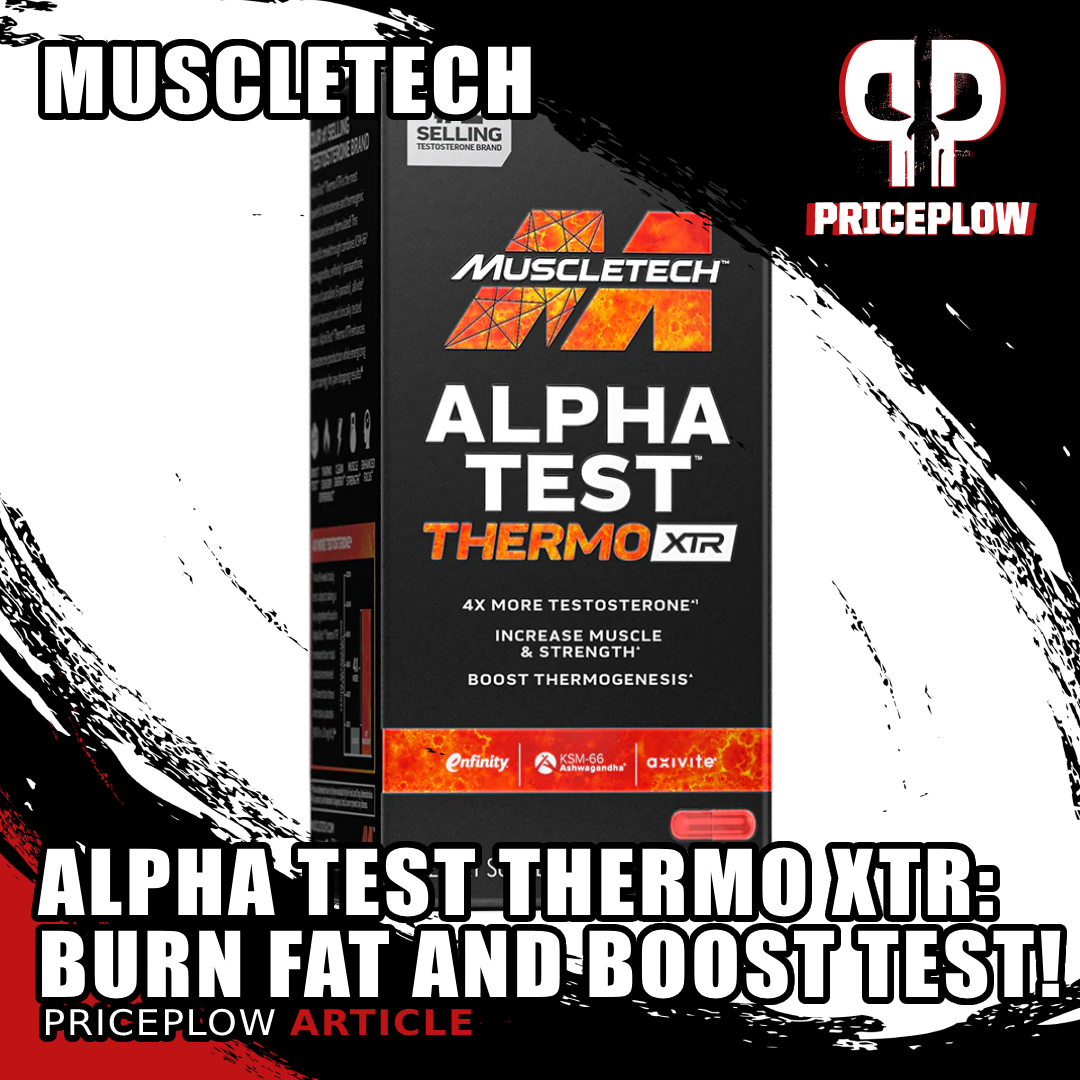



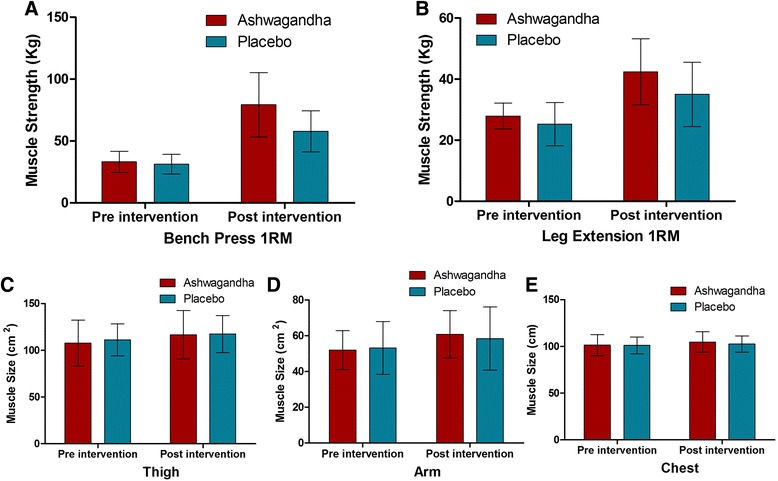
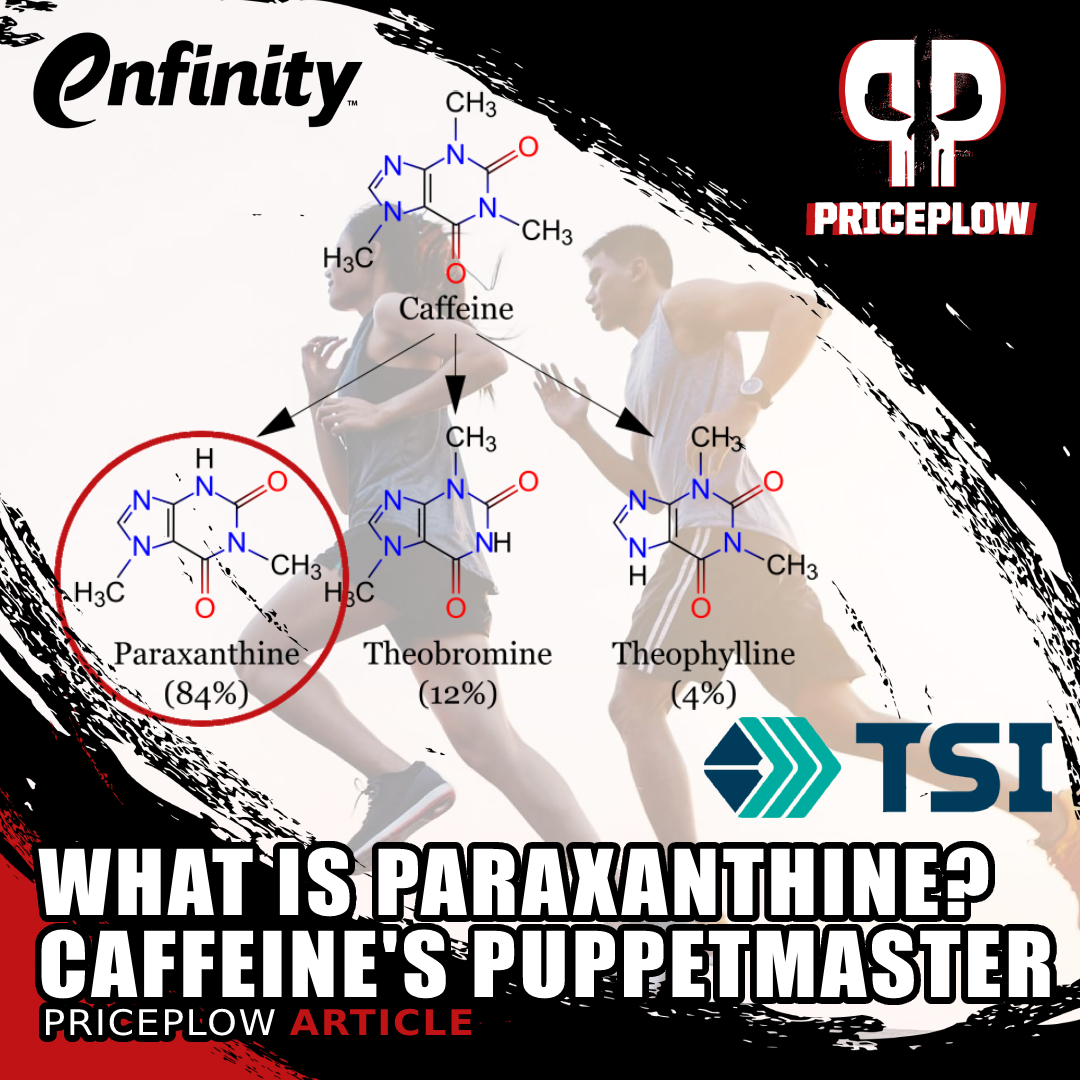
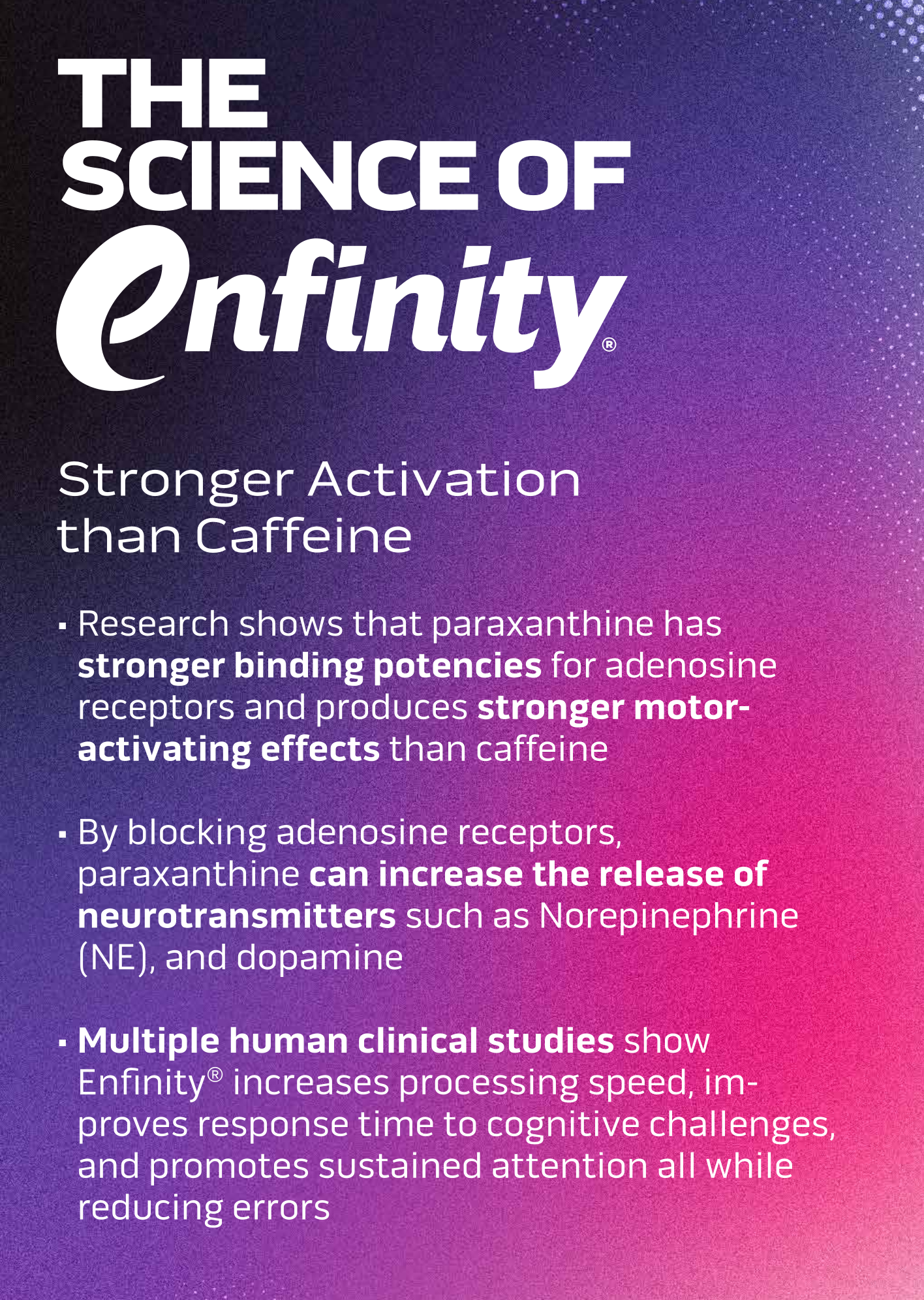
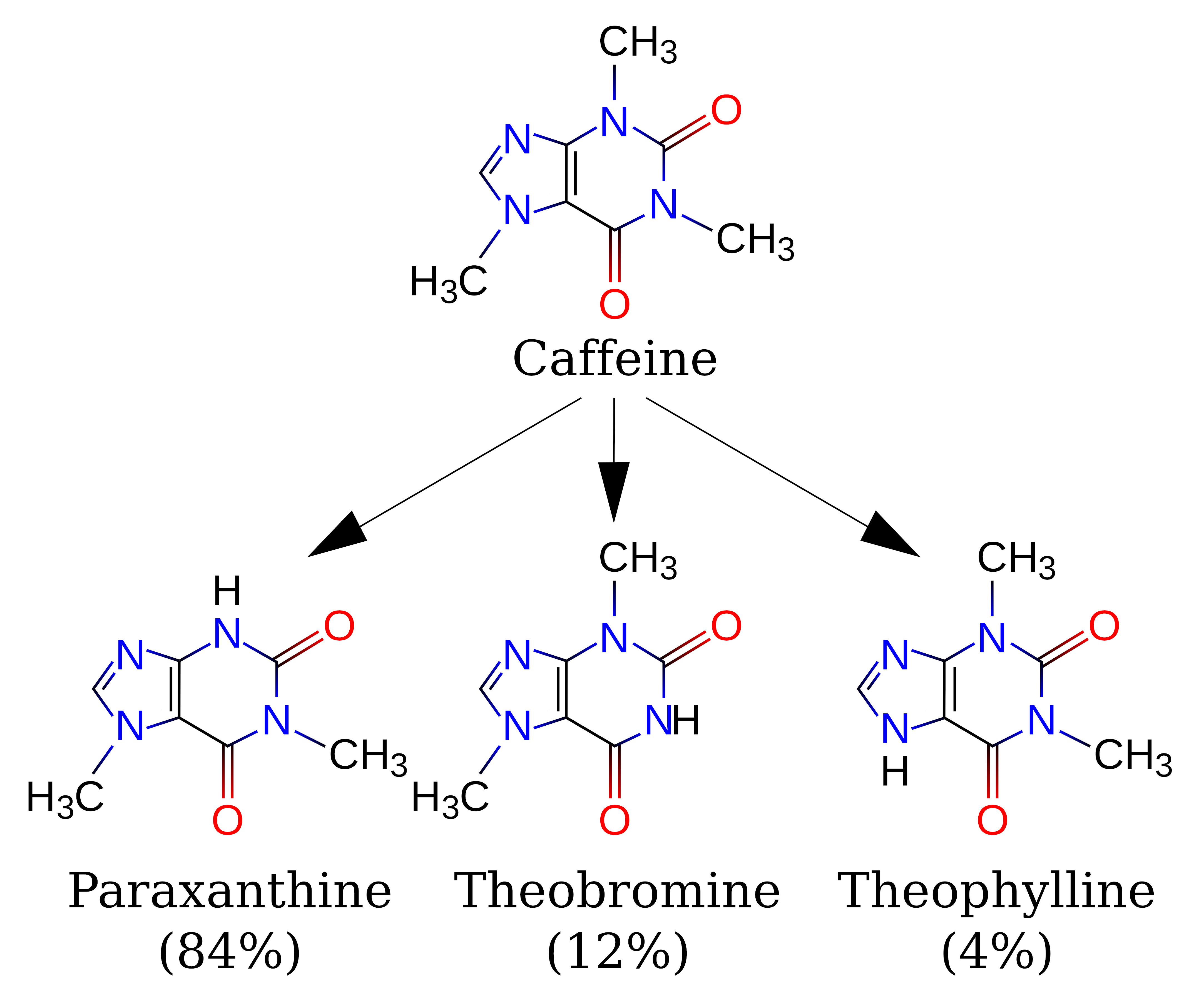

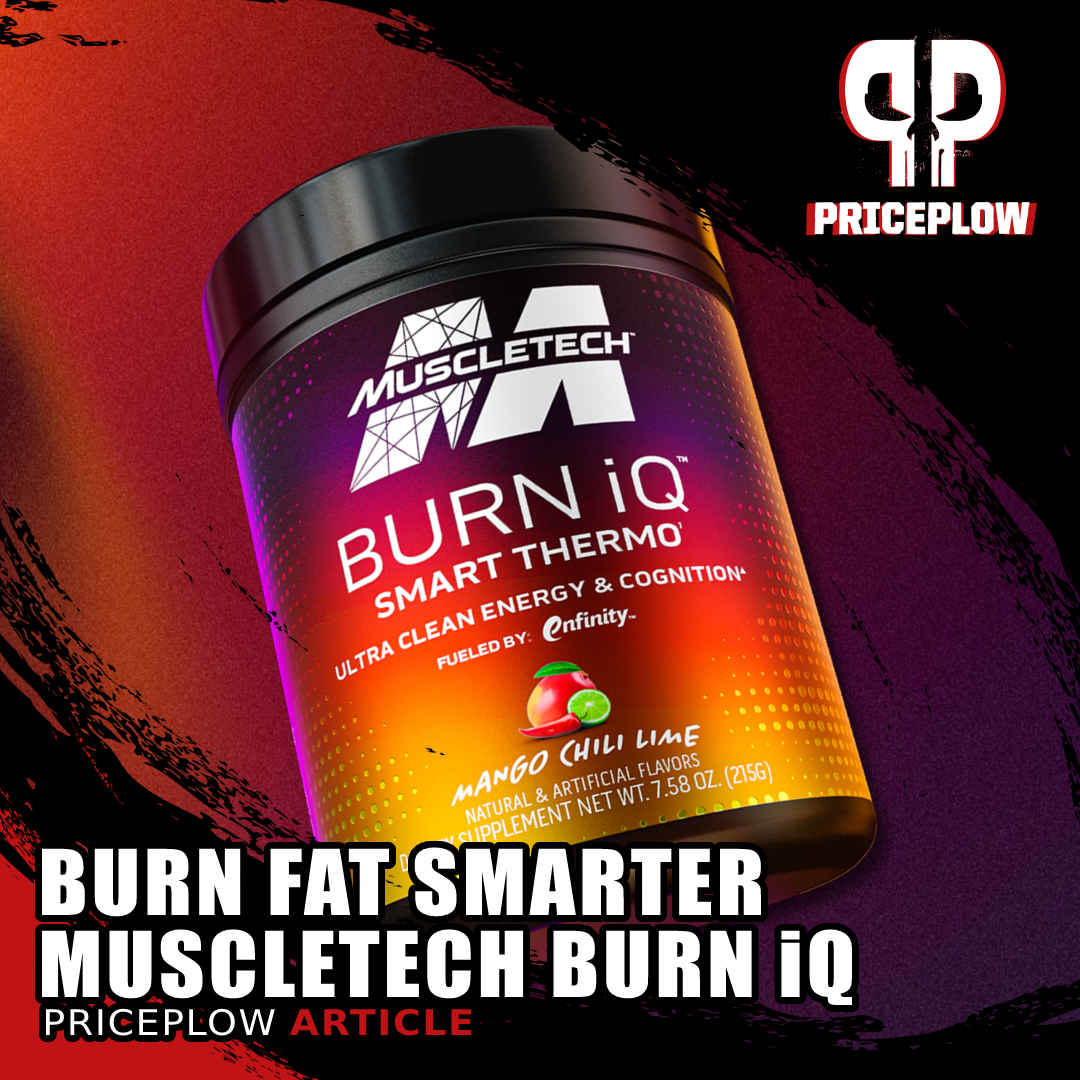

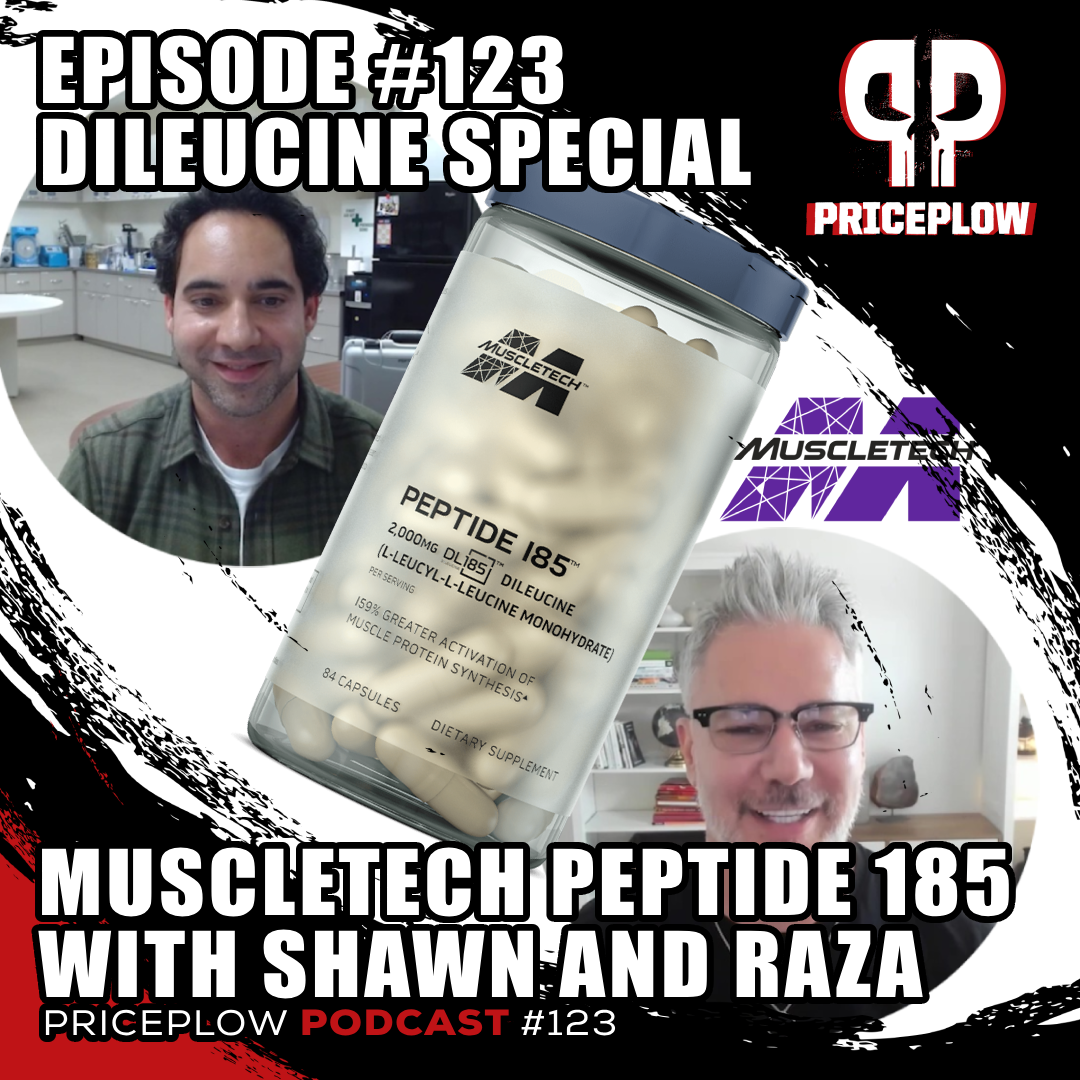

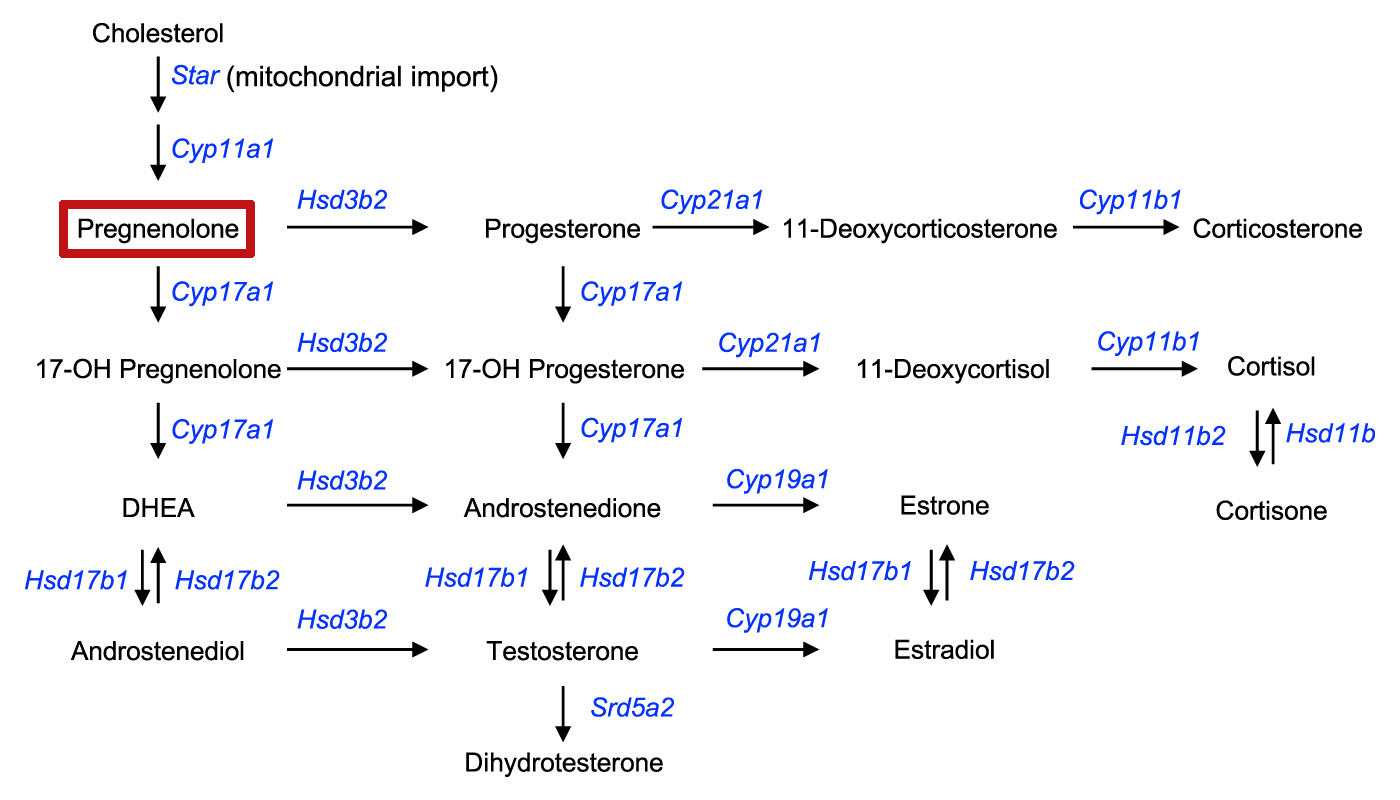
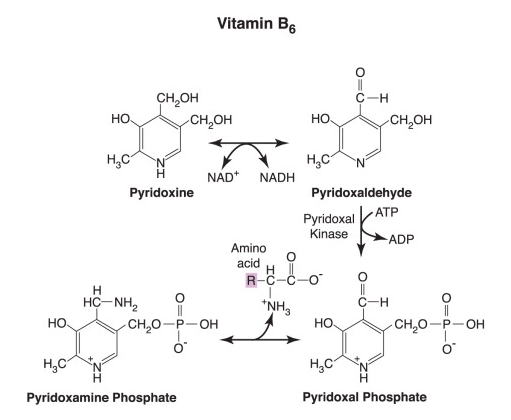
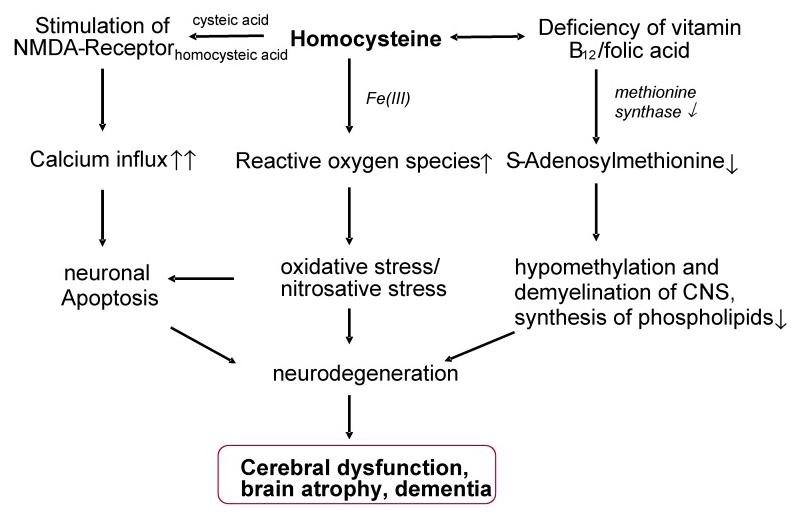
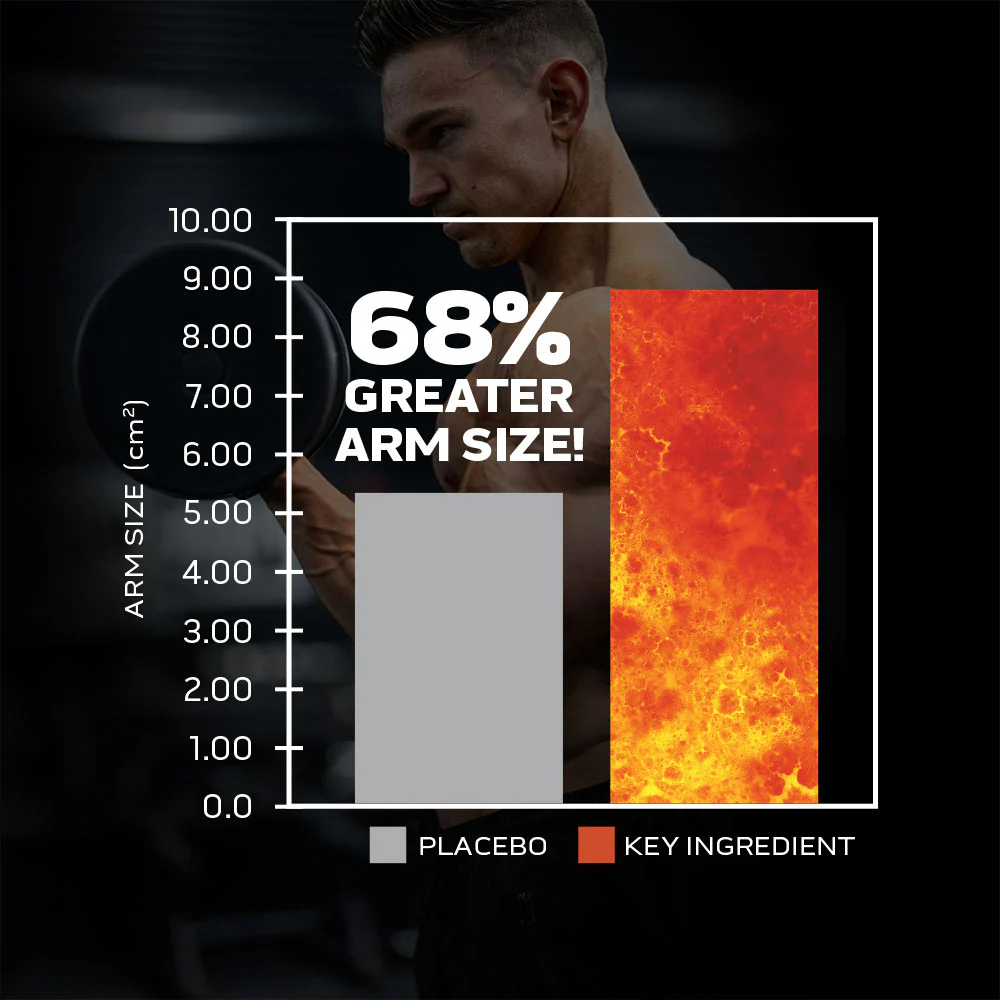


Comments and Discussion (Powered by the PricePlow Forum)